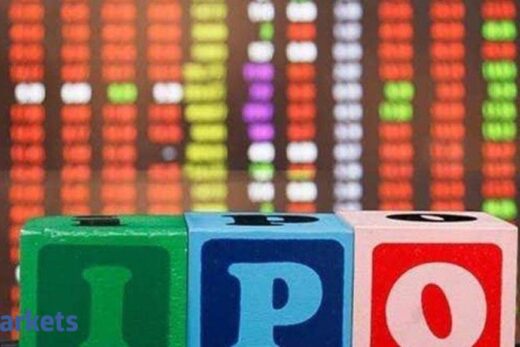Algorithmic trading was introduced and allowed in India in 2008 by the Securities and Exchange Board of India (Sebi). Initially, it started with Direct Market Access (DMA) and was restricted to institutional investors only, but due to the cost advantage and better execution, the trading community welcomed it with open arms. Exchanges has also played an important role in its adoption by offering co-location server ‘racks’ on lease to broking firms in June 2010, to improve trading speed and align with international markets.
Decoding algorithmic trading
Algorithmic trading refers to the use of programs and computers to generate and execute (large) orders in markets with electronic access. It generates speed and frequency that is impossible for a manual trader to achieve. Algorithmic trading strategies involve making trading decisions on the basis of pre-set rules that are programmed into a computer. A trader or investor writes code that executes trades on behalf of the trader or investor when specified conditions are met.
The pre-set rules are generally based on timing, price, quantity, or any mathematical model. Apart from profit opportunities for the trader, algo-trading renders markets more liquid and trading more systematic by ruling out the impact of human emotions and errors on trading activities.
Since algorithms are written beforehand and are executed automatically, the main advantage is speed. Besides, it promotes features such as automation, eliminates human intervention and emotions, minimizes slippages, allows flexibility and promotes ease of use, provides extensive data mining and explorations, and safeguards and warning systems against most common human errors.
Risk management
The beauty of Algo trading is that it comes with aspects such back-testing, where individuals can run their strategy and see potential outcomes. One could also try simulation in Algo trading to test strategy in real-time but with no actual trades to exchange. However, one should only deploy algorithms when they are completely sure.
Also, risk management in algorithmic trading allows setting limits at multiple levels. While some risks associated with technology and capital will still remain, the rewards far outweigh the risks.
The future possibilities of Algo trading
Algorithms are nothing but a brainchild of human beings. It can work on all possibilities that a human mind can think of. Algo strategies are designed taking into consideration market behavior, including volatilities and uncertain conditions. It is important to understand the strategy and deploy it as per market condition with the help of back-testing and simulation tools. Algo trading allows switching from one strategy to another depending upon market conditions.
With the use of latest technology tools such as artificial intelligence and machine learning, and use of big data, Algo trading is poised to further revolutionize trading. In the developed markets currently, the share of algorithmic trading in volume terms stands around 70-80 per cent, while in India it is approximately at 50 per cent. In the coming years, Algo will capture market share in excess of 95 per cent with volume growing many folds. So the future of trading is Algo and Algo is the future.
(The author is Alternate President at Association of National Exchanges Members of India or ANMI. Views are his own)



